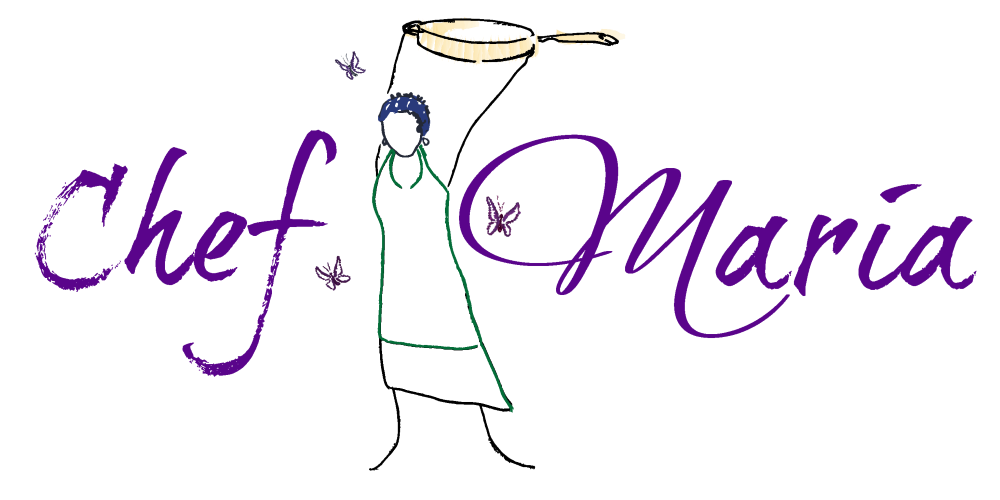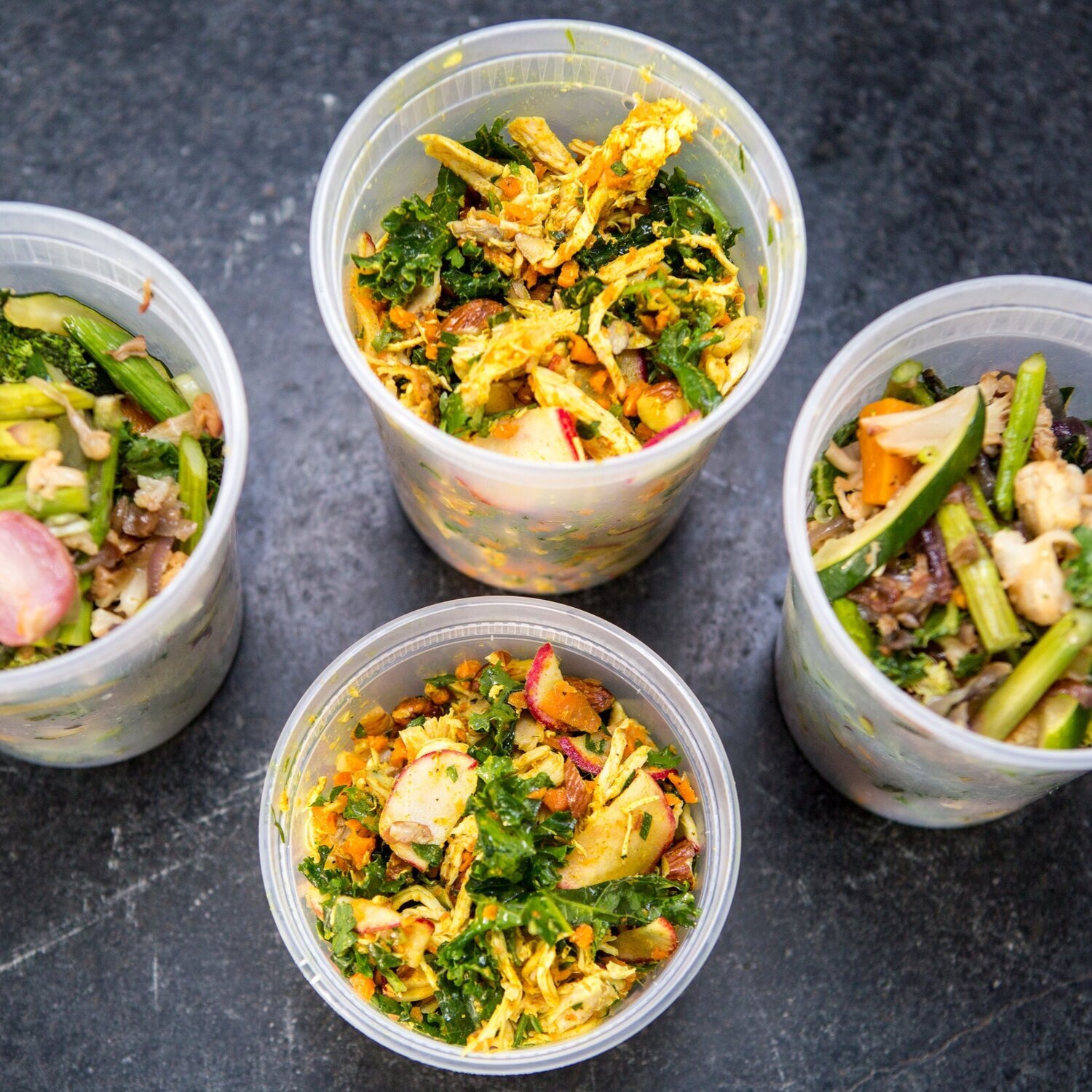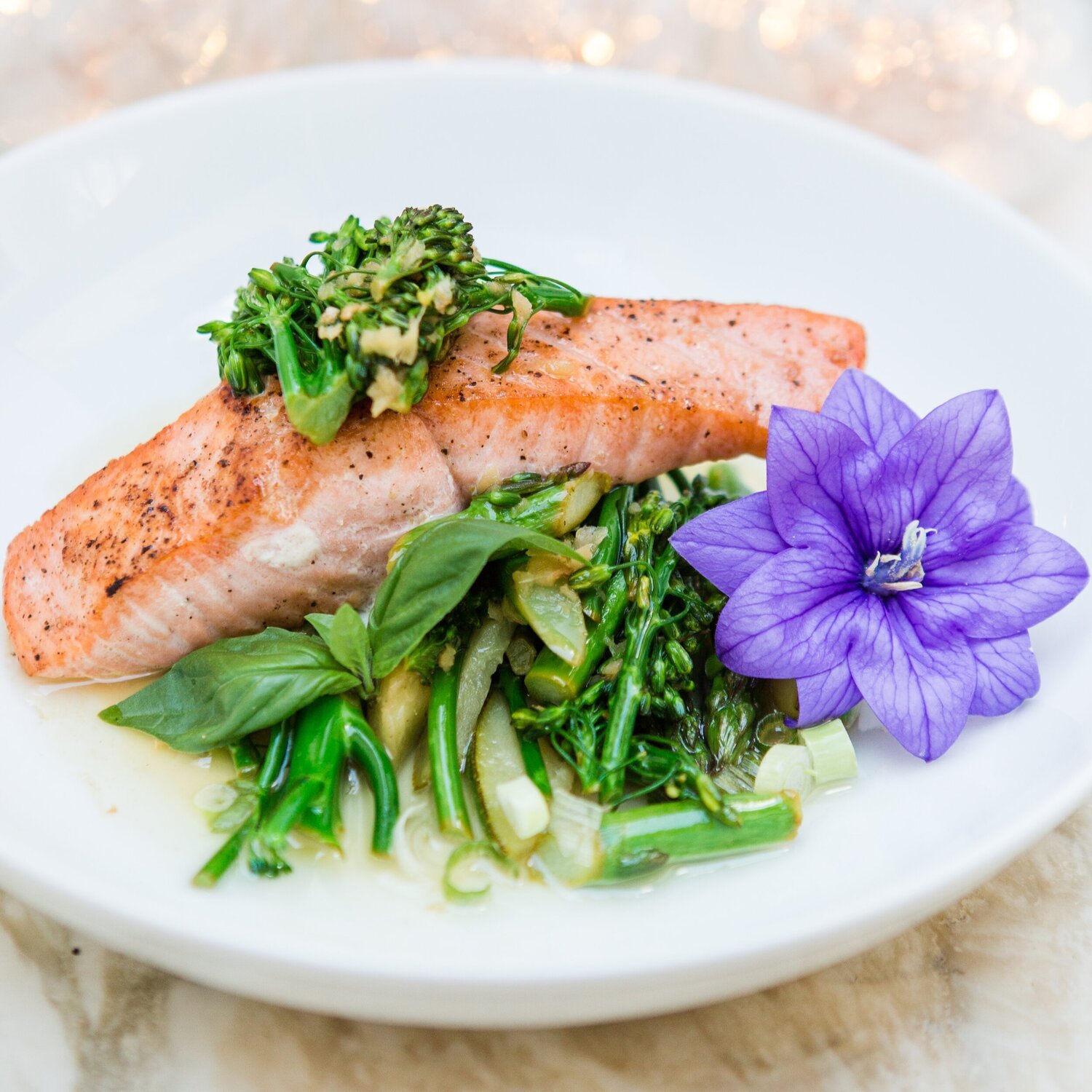8 Simple Shopping & Prep Tips
Is this another diet?
This is not a diet, nor an eating plan.
I'm here to support you on a journey of incorporating more organic vegetables, healthy proteins, and nourishing fats into your lives, and to offer some information and tips that have helped me in my own personal journey of transforming my cooking and self-care.
I don’t believe there is a one-diet-fits-all, nor do I think there is one diet that fits us for every stage of our lives.
Rather, to be in a process of connecting with the constantly changing needs of our bodies is a beautiful thing.
As we age, our goals, activity levels, living environments and stress levels change, and all of these shifts require changes in how we eat.
“To develop and nourish our full being we must create a self-sustaining and adaptive relationship with food that expands and contracts based on whatever our outer world provides.”
NUTRIENT-DENSE FOODS
The highest amount of micronutrients and macronutrients are available to us in meals filled with organic vegetables, clean proteins, and healthy fats.
There are strategies to make this not just possible, but also simple and affordable.
Transform your kitchen into a sanctuary. Begin to cultivate wholesome deliciousness that nurtures the palate, the body and the soul.
8 Simple Shopping & Prep Tips
TIP #1 – PRIORITIZE VEGETABLES, PROTEIN, AND HEALTHY FAT
I encourage you to increase nutrient density to support your physical, mental, and emotional balance and integrity.
Find new and effective ways to fit your nourishing diet in your life. When cooking delicious dishes, make extra to use the next day as leftovers, and simplify your routine wherever possible.
Dynamic combinations to enjoy for dinner, and take to work the next day:
Large batches of roasted organic vegetables + grilled wild salmon + soaked nuts
Pulled rotisserie chickens + grilled vegetables, fresh herbs, and arugula.
Sardines, avocado, soaked nuts, steamed vegetables
Bison Mini-burgers, kale salad, sliced radish, homemade almond aioli
Zucchini noodles, smoked salmon, dijon vinaigrette, soaked nuts, roasted squash
TIP #2 – STRUCTURE FOOD SHOPPING BASED ON LIFESTYLE, MEAL PLANNING, AND ROTATION
Nourishment requires balance, and finding a way to support your health with minimal stress and maximum enjoyment. Create intentional space in your week to support your healthy lifestyle. The result will be a deeply rewarding sense of nourishment in your body.
Every week, I recommend you spend at least 10 minutes meal planning, and writing down a comprehensive shopping list.
Lifestyle
Your lifestyle and interest in cooking will determine what level of cooking you engage in.
Meal planning
Prior to shopping, create a plan by building simple meals with protein and vegetables as your bases, considering what you already have on hand.
Consider your week’s schedule when assessing the complexity of meals to embark upon.
Rotate meals!
When meals are a hit, stick with it, and put them into a frequent rotation.
TIP #3 – BUY LOCAL AND ORGANIC AS MUCH AS POSSIBLE!
It’s not just the trendy choice! Local, organic foods contain more of the nutrients our bodies crave because they are not susceptible to the effects of intense chemical treatments and long-distance transport.
Buying local and organic is important for both proteins and produce. We’ve become so detached from what we are eating; we need to reconnect with our food sources. Shopping local is a way to not only strengthen our bodies but also our communities. Cut out the middle-man and support local agriculture!
When purchasing local it’s important to know that local farms often do not have the resources to have organic certification. The best way to learn about your protein is to visit the farm. Talk to them about what they are feeding their animals and how they are raising their vegetables.
Resources:
Boulder’s Golden Hoof Farm offers delicious heritage lamb, duck and chicken eggs, lamb tallow, fresh lard, bones for bone broth, organically raised heritage pork, and organic produce.
Jo Robinson’s site Eating on the Wild Side provides important details about how quickly vegetables lose their nutritional value after harvesting.
Local Harvest is a great resource to find local farms near you.
TIP #4 – WISE-UP ON VEGGIES
Vegetables are the carbohydrate foundation of a paleo diet. The possibilities of vegetable preparation techniques form the creative backdrop to our proteins, fats, herbs, and other components of the dishes that we create.
Maximize low-sugar, high vitamin and mineral content vegetables:
Kale, Swiss chard, spinach, asparagus, broccoli and Brussels sprouts.
Choose vegetables that are bulky, filling, abundant, and affordable:
Cauliflower, zucchini, butternut squash, summer squash, spaghetti squash, broccoli, and various greens
TIP #5 – LEARN ABOUT FISH AND SEAFOOD SOURCING
The sourcing of your fish and seafood is important, especially if you aren’t living near a coast. Where and how seafood is wild caught, small-batch raised, or farmed, all play a significant role in its overall health and flavor content.
The Monterey Bay Aquarium Seafood Watch provides current information on the effect that specific fish and seafood purchasing has on the environment. It is a great resource to use in the fish market when deciding what fish to purchase. Here is their current Green List, which includes a handful of healthy option that have been caught or farmed sustainably.
Talk to your fishmonger! Ask where the fish is from, and how it is caught. If he or she doesn’t know, they can find out.
When choosing fish for my personal or professional kitchen, I consider everything from mercury contamination, environment and overfishing challenges, to taste, cooking versatility, and ease.
Below are a handful of my suggestions for safe and delicious fish options:
Alaskan wild salmon, fresh, frozen, canned
Domestic catfish
Salmon, organic farm raised
Sardines, Pacific
Wild Alaskan cod
Trout (all varieties), US farmed or wild
TIP #6 – EAT MEAT AND EAT IT RESPONSIBLY!
Meat adds to satiety, the feeling of fullness, is full of vital nutrients and protein, and is delicious when prepared properly!
Buy organic and grass-fed as much as possible to ensure that the animals are not fed genetically modified organisms such as corn. In order to be certified as organic, meat must be raised organically, on certified organic land, and fed certified organic feed, without GMOs. No antibiotics or growth hormones are allowed, and the animal must have outdoor access.
Local sources are best, especially if they are feeding their animals from non-GMO food sources.
Find clean local sources, often the best meat options, through Local Harvest.
Incorporate wild game and protein sources that are not over-farmed, such as bison, wild boar, ostrich, and game birds like quail, pheasant, partridge, wild duck, and grouse. Look for local sources in your area.
Look into mail-order options online for healthy animal proteins, if they are not easily accessible in your area.
TIP #7 – USE FATS AND OILS APPROPRIATELY
Fat is important for many bodily needs such as neurological function, energy, digestion. Natural sources of fat such as lamb and grass-fed beef tallow, lard, organic chicken fat, ghee (clarified butter) and coconut oil provide the body with many important nutrients. Fat also allows flavor to travel around our palate and provides balance of flavor to dishes.
Buy oils fresh, and store them appropriately in the refrigerator or in a cool place.
Use the correct oil for the correct application. For example, use fats with a high smoke point such as tallow, lard, or avocado oil for sautéing and stir-frying, while using extra-virgin olive oil or nut oils for cold applications like preparing salad dressings.
TIP #8 – CREATE A SIMPLE PANTRY
Keep your pantry stocked with simple and fresh ingredients. It’s easy to keep a smaller pantry when you aren’t following a traditional diet consisting of grains, breads, cereals, and baked goods.
Organic nuts and seeds
Protein powders and other protein shake components such as flax and high quality organic vegetable powders
Spices (ground and whole) and dry herbs
Cooking oils and vinegars
NOURISHMENT COACHING
I provide one-on-one Nourishment Coaching to help get you on a path of vitality and health, that starts in the kitchen! Contact me for assistance with special diet needs, food allergies, and trouble shooting food for busy lifestyles.









